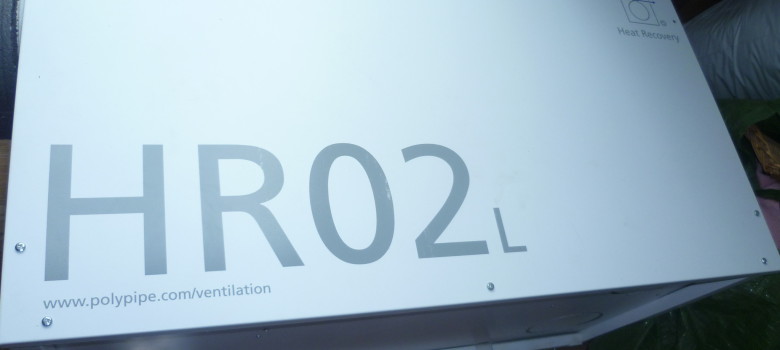
We all know what it’s like in the winter – sitting in a stuffy house because we’re obsessed with ‘keeping heat in’. Single room heat recovery units look to be a solution, pumping room-temperature fresh air into our homes. They can be expensive to install, but could reduce your heating bill.
There are several single room heat recovery units on the market these days. But do they really work? And how?
What are single room recovery units?
Heat recovery units are designed to improve indoor air quality and lower the risk of condensation. Single room heat recovery units tend to be more efficient than traditional extract ventilation systems, but are not as complex to install as the centralised packaged units that you tend to have for the whole building.
 How do they work?
How do they work?
They continuously extract moist air from rooms in the home, which is especially important in bathrooms, utility rooms and kitchens. Unlike in traditional extraction systems, when fresh air is sucked in from outside, it collects heat from the extracted air (via a heat exchanger) before entering the room. This heat energy transfer can help save money on energy costs, because it keeps temperatures more constant than when opening windows for ventilation. Latent air is recycled and transferred back into the room to keep a consistent temperature environment.
How much do they cost?
Prices start at around £150 (per unit, per room), depending on the model. On the other hand if you are looking for multiple units and you are carrying out a whole house retrofit you may chose a more complex and integrated unit. The cost of these systems however are much higher than if you chose install for a single room unit.
Have you installed single room heat recovery units? Let us know your thoughts below!
Think we missed something? Do you have a different opinion?
Comment below to get your voice heard…













I use de humdifiers ,(same thing as single room heat recovery unit?) in bathrooms ;and very useful if clothes are dried indoors;often people buy them to deal with drying out a flooded area then sell second hand. I have paid 30-£35 for barely used models, a bargain at the price for what they do. Cost much less to dry clothes than tumble driers.
When we moved into our house our bathroom was plagued with mold. Being on the ground floor it wasn’t practical to leave a window permanently open, and in any case opening the window just make the room freezing cold in winter. I installed a HeatSava which, although pricey, totally got rid of the mold without making the room noticeably colder – so I’m a big fan.
Please revise your ‘How do they work’ section for Single Room Heat Recovery units. These units, that have a single fan, extract air for a while and then change the fan direction to bring fresh air in. The heat recovery is achieved by a thermal mass within the pipe that heats up during extract and then gives up some of this heat during the supply phase. What the manufacturers fail to take account of, is the air that is displaced while the unit is operating. Whilst it is extracting hot air, external (cold) air is being brought into the building elsewhere – with no heat recovery. Whilst the unit is recovering some heat, it is pushing the same volume of hot air out of the building elsewhere. The efficiency is therefore half what the manufacturers claim. Given that the fresh air is brought into the room that you want to extract air from, and it will be pushing either moist or smelly air from that room into other rooms in the house, these ventilation systems are not worth having. The MVHR systems with two fans that balance the airflows and supply and extract from different rooms are fine, and very much worth installing. I have a whole house MVHR system which claims, and probably achieves, 92% efficiency. I look forward to seeing more two-room heat recovery units (with two opposing fans). These could more easily be installed in existing houses pairing a kitchen with a living room or a bathroom with a bedroom. All new houses should have a whole house MVHR system built in.
Martin Tallis
Independent Climate Advocate